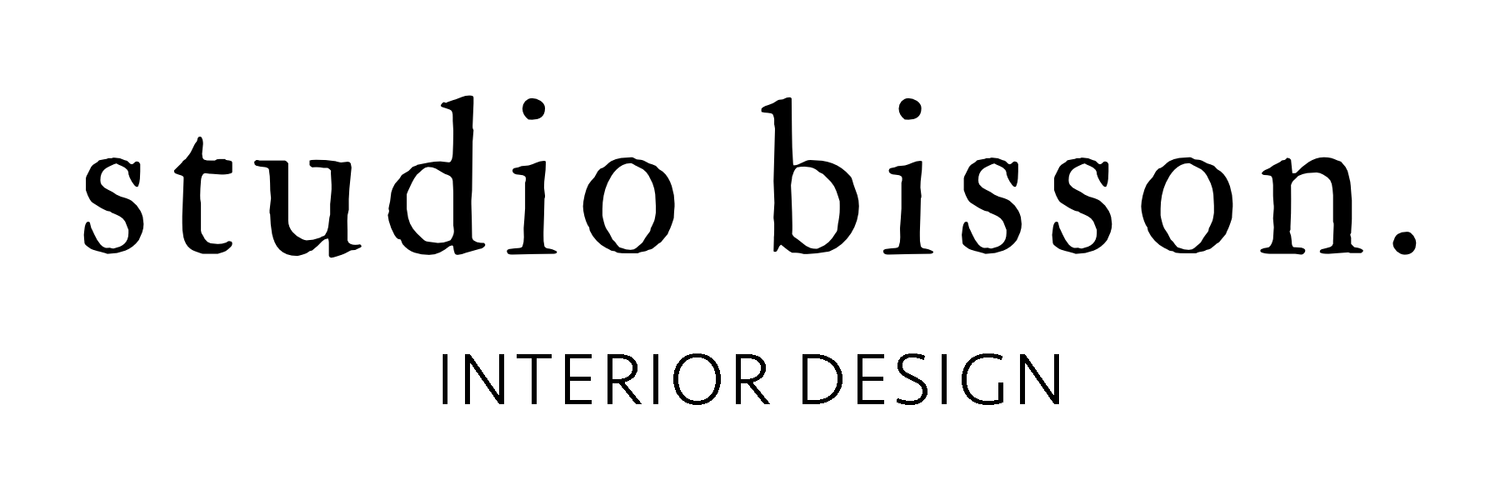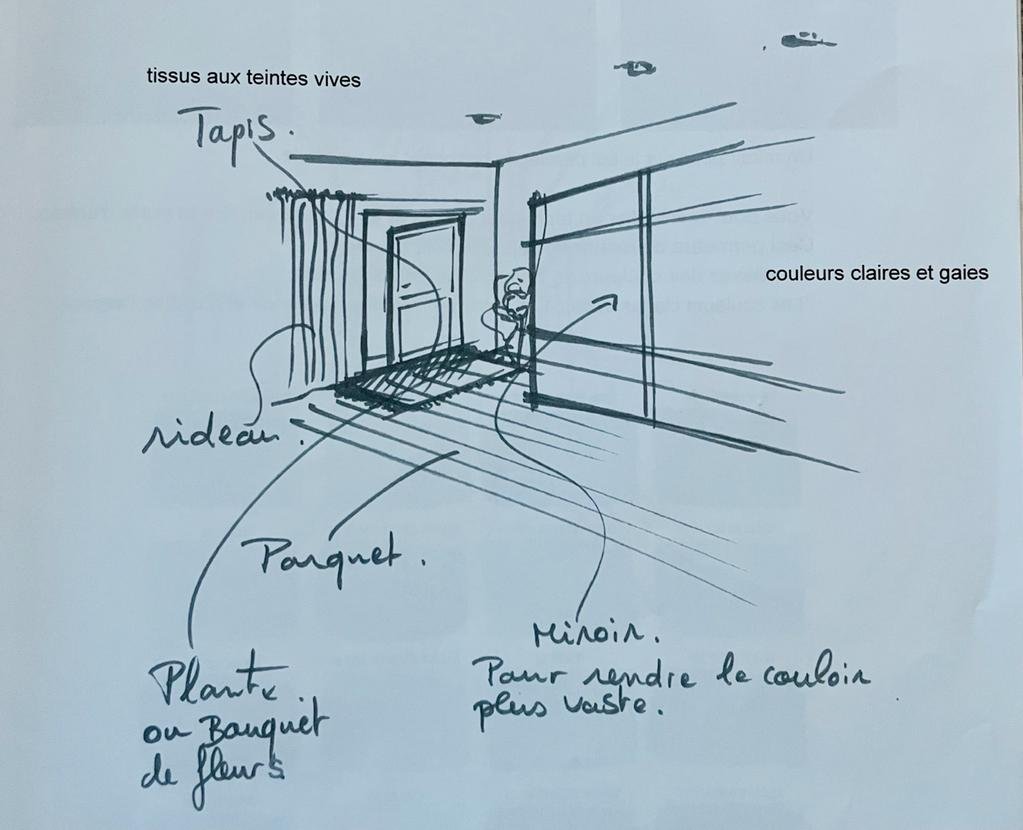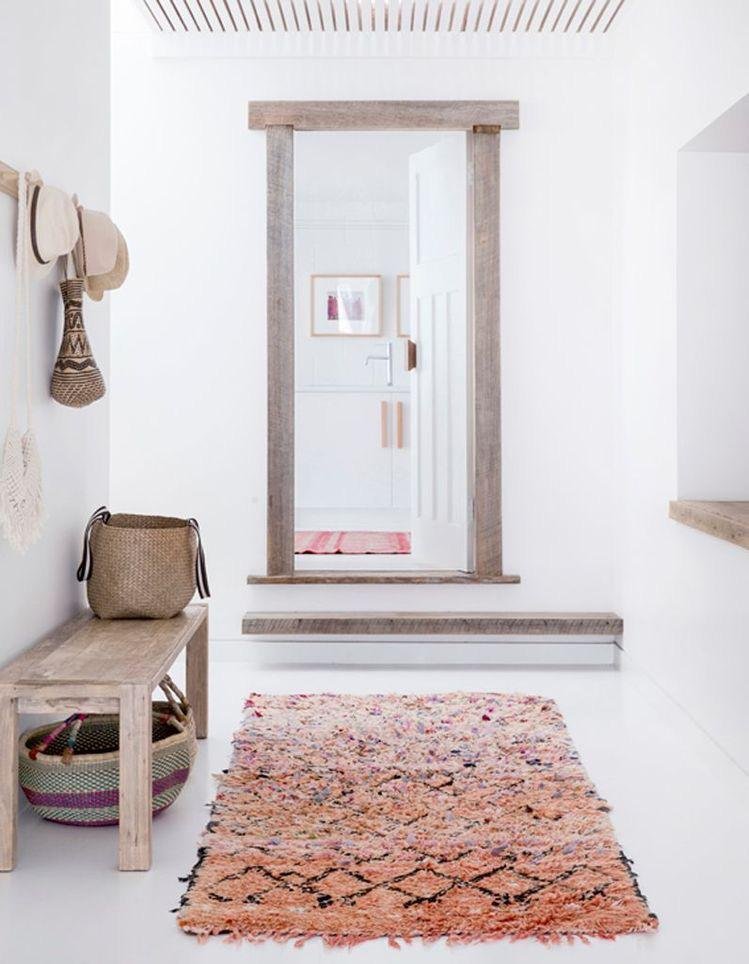Decoration & Feng Shui: The Basics for a Harmonious Interior
The bases of Feng Shui decoration
Credit : Au Féminin
We often hear about Feng Shui in interior design. While many associate this philosophy with hippies and spiritualists who are fans of levitation and spirituality, you’ll see that, without realizing it, we often follow Feng Shui principles intuitively when designing our interiors. In this article, we will break down these famous guidelines, which are nothing more than rules of harmonization and balance.
These are the basics of layout and decoration to ensure the home is balanced. This includes the choice of furniture, object design, as well as the combination of materials and colors.
For Feng Shui enthusiasts, it’s about harmonizing energy to allow the “Chi” to flow. If you’re more of a pragmatic thinker, you can easily replace this term with the circulation of people and our gaze as we scan the room.
A Quick Recap of What “Chi” Is
The fundamental principle of Feng Shui is that all the elements around us are part of a universal energy that makes up the entire cosmos. This energy is called Ki in Japan, Prana in India, and Chi (pronounced "Tchi") in China.
The art of Feng Shui is to ensure that this flow, or vital breath, circulates properly and optimally within our bodies, minds, and everything surrounding us. The goal of this practice is to live in a healthy environment with a positive attitude and thoughts to stay healthy and avoid dysfunctions in our personal and professional lives.
The circulation of energy is not a concept reserved solely for Feng Shui. It is found in many practices and philosophies, especially in the East. Among these practices are Yoga, Acupuncture, and Shiatsu.
I. The Basics of Feng Shui
All of our Feng Shui decoration will stem from these two tools:
The cardinal points (the orientation of the rooms)
The balance of Yin and Yang
Indeed, Yin and Yang represent perfect balance. Yin is the soft and feminine side, while Yang represents strength and masculinity. For example, we find Yin through fabrics, curtains, cushions, rugs, and pastel colors. Yang, on the other hand, is represented by a metal partition, a mirror, or a wooden console, along with bright colors.
However, in decoration, white and black alone are not enough to harmonize, so we extend the concept to the 5 elements that make up the planet (Water, Earth, Fire, Air).
Following this idea, each cardinal point corresponds to one of the 5 elements, which are then translated into colors, materials, and design.
You can also use the Bagua, this octagonal figure that helps with the configuration of your home based on the areas of your life you wish to enhance.
Feng Shui Baga
Credit: Architecture Ideas
Plan for a Feng Shui decoration
Credit : Ecole Nationale du Bâtiment
Let’s recap the basics to get started with your Feng Shui decor:
Start by purifying your interior, which means decluttering, especially the entrance, throwing away broken objects, and tidying up your home. This is said to clear away negative energy.
Equip yourself with a compass and a plan of your home to indicate the cardinal points.
In each room, match the colors and materials to the cardinal points using the summary table or the Bagua.
Once your plan is drawn with the cardinal points, along with the aspirations and the associated colors and materials, you're ready to create your Mood Board of colorful textures!
II. The Feng Shui Harmony room by room
Beyond the aspirations for each direction, there are also guidelines that apply to different types of rooms. We’ve gathered a few key rules to help you optimize your interior and ensure the proper flow of Chi.
The Entrance
Drawing of a Feng Shui entrance
Credit : Ecole Nationale du Bâtiment
The entrance is one of the most important rooms because it will determine our first impressions; it’s the main passage area, the first and last room we see. It will influence the Feng Shui quality of the entire house. Therefore, it is essential that it is perfectly tidy, clear, and free of any obstacles. We also want it to be warm and welcoming.
To organize coats and shoes, you can opt for a custom wardrobe with mirrored doors to create a sense of space. Alternatively, simply place a mirror on the floor to visually extend the floor. However, in Feng Shui, it is forbidden to place a mirror directly facing the entrance door, as it would reflect the Chi right back out as soon as it enters. Beyond the art of Feng Shui, this is rarely seen, and for good reason. It would feel odd to see your own reflection the moment you enter a home, don’t you think?
Solid, pastel colors will provide a warm, light look that will unify the room and make it appear larger. You can also brighten up the entrance with paintings or canvases, especially if your entrance is in the form of a corridor.
Entrance - Feng Shui
Credit : ELLE France
The Kitchen
The kitchen represents the family; it’s the place where meals are prepared, the center of domestic activities. It too must be well-organized to encourage healthy, family-oriented meals. Feng Shui principles link food (and thus the kitchen) to health, family, and prosperity. Ceiling LED lighting is ideal for getting down to cooking.
The key word for the kitchen is Practicality! Indeed, if the room is well-arranged, it will prevent unnecessary, frustrating trips. The person preparing the meal should feel comfortable. When arranging appliances, make sure to consult a kitchen designer or an architect (interior). There are specific safety rules to follow: for example, the cooking stove should be kept away from the sink.
As with other rooms, avoid turning your back to the entrance. The countertop should be oriented accordingly.
Regarding materials, there are no strict restrictions, but it’s important to find a good balance. For example, avoid using wood for the countertops if the floor is already hardwood. Tile is a suitable material, and to soften its coldness, opt for warm colors.
The bathroom
Zen Feng Shui Vibe
Credit : Côté Maison
This living space calls for relaxation, calm, and pleasant moments. The choice of colors should be well thought out. We would opt for zen colors such as green, blue, or beige. Once again, LED lighting is ideal to illuminate the entire room with low energy consumption. Care should also be taken when selecting light bulbs, as they should not emit too harsh a light.
Finally, the room should be ultra-clean and well protected from humidity. That’s why opting for tiles all the way up the walls is a great choice for bathrooms.
The Zen atmosphere can be enhanced with candles to light during bath time, along with relaxing essential oils.
The Living Room
The living room is the interface between our intimacy and the outside world; it’s the public face of our private life. Indeed, it’s the room where we welcome guests, and they should feel warmly received in a family-friendly, comfortable environment that invites conversation. This room is generally located near the entrance, which maximizes the flow of Chi.
Bright colors can be used to energize the space in specific areas, such as with cushions, throws, or curtains. Lighting should be abundant, with warm tones.
Here’s a general Feng Shui rule, but once again, for this room, which is visible to everyone, clutter is prohibited! The Chi should flow freely and smoothly.
Feng Shui drawing for a living room
Credit : Ecole nationale du Bâtiment
The sense of well-being and warmth will be present at every family or social gathering. If you have a fireplace but it is no longer in use, place plants or heavy objects on each side to prevent the Chi from dispersing through the flue.
Don’t hesitate to play with different textures in this room, as they will bring dynamism and warmth. They will help balance the Yin (cushions, throws, rugs, sofa…) and Yang (shiny table, concrete walls, wooden dresser…).
For materials, here are some Feng Shui guidelines based on what you want to bring to the room:
Warm atmosphere = Wood
Hard aspect = Terracotta
Cold atmosphere = Metal
Clear ambiance = Glass
Finally, the living space should be structured. If it is too large, use partitions, plants, or furniture to keep the Chi from being lost. On the other hand, if the space is small, it’s better to keep the furniture and decor minimal.
The Dining Room
Preferably, the dining table should be round or oval to allow for smooth circulation all around it (or to allow the Feng Shui energy, Chi, to flow properly), and the chairs should match accordingly.
By the way, a little aside: if you want to invite love into your space, always pair objects together: 2 vases, 2 figurines, etc.
The Bedroom
Feng Shui bedroom
Credit : Capital FM Kenya
The placement of the bed is crucial for feeling comfortable in the room and also for sleeping well. The first rule is never to have your back to the entrance door, so avoid placing the head of the bed on the same wall as the door.
Additionally, it is recommended to sleep with your head facing north. This is because of the sun – when we face south, we are aligned with the sun’s movement throughout the day, which is essential for “natural” sleep (without alarms, curtains, artificial light, etc. – we fall asleep and wake up with the sun, which remains the most restorative method).
The bedroom should be cozy and bright, with soft, neutral-colored bedding and objects that bring a sense of calm. Avoid plants here (unless you're familiar with the specific needs of each plant, and steer clear of those that might disturb your sleep), as well as anything related to Water (such as black, aquariums, or photos of the ocean...).
The Office
Recently, the office has become an essential room in our homes. Remote work, yes! But only if it's in a conducive environment. The office should be clear, easily accessible, and free from obstacles. Nothing should block your access to the desk, because if we have to overcome endless hurdles, we’ll feel like we’re in a constant battle. So: Tidy up, have a wastebasket nearby, and arrange shelves and drawers to stay organized and clutter-free. Don’t let anything hinder the movement of your chair, and display objects that inspire and motivate you.
Here are a few important points for your well-being and concentration:
Reduce noise. If the room is poorly insulated, I recommend reading our article on "How to Insulate Without Tearing Everything Down," which offers all the necessary tips.
Pay attention to lighting. A light that mimics natural daylight will be the most comfortable. However, if you're doing detailed work, it’s always helpful to have a desk lamp that illuminates the appropriate surface. Conversely, if you need to think deeply and concentrate, opt for softer lighting that promotes calm.
Consider ergonomics when choosing your chair.
II. Purification thanks to the art of Feng Shui
Before diving into applying Feng Shui décor, it’s essential to purify the space. This purification can be seen as karmic or physical, for the more pragmatic ones. The primary goal of purification is to cleanse the air in our home.
For this, you can opt for air-purifying plants that will absorb harmful substances like carbon monoxide, benzene, or ammonia. Precious stones can help inhibit the waves emitted by our electronic and electrical devices (phones, computers…). Finally, a salt lamp will bring negative ions and balance out the overload of positive ions emitted by electronic devices.
From a karmic perspective, these objects will help erase the accumulation of past energy in the space and allow you to start fresh with a neutral foundation.
To finish, you can use a Tibetan singing bowl, made of seven metals, or incense to purify the air. These will help reduce stress and anxiety, thereby preventing depression.
Tibetan bowl and Feng Shui purification
Credit : Femme Actuelle
That concludes our Feng Shui tips. Now it’s time to combine the orientation rules discussed in the first chapter with those assigned to each room. It can sometimes feel like a real Chinese puzzle, but fortunately, many decorators have now specialized in this very specific art. Happy planning!









